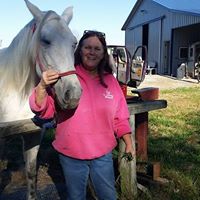Which of these animals can normally only breathe through their noses?
Horses are also considered obligate nasal breathers. The term is more accurate in horses, because their normal anatomy prevents them from breathing orally. The epiglottis rests above the soft palate while the animal is not swallowing, forming an airtight seal. Oral breathing can only occur with significant anatomical abnormalities or pathological conditions.
Obligate nasal breathing describes a physiological necessity to breathe through the nose (or other forms of external nares, depending on the species) as opposed to the mouth. The term may be misleading, as it implies that the animal has no choice but to breathe through its nose; however, it is commonly used to describe cases where effective breathing through the mouth is possible but not preferred. Alternatively, the term has been defined by some as the ability to breathe through the nose while swallowing. While this ability is a common trait of obligate nasal breathers, clearly this definition does not require that nasal breathing in any way be obligatory to the animal. Even in obligate nasal breathers such as horses, rabbits, and rodents, there is a potentially patent path for air to travel from the mouth to the lungs which can be used for endotracheal intubation. It has been suggested that obligate nasal breathing is an adaptation especially useful in prey species, as it allows an animal to feed while preserving their ability to detect predators by scent.
More Info:
en.wikipedia.org







